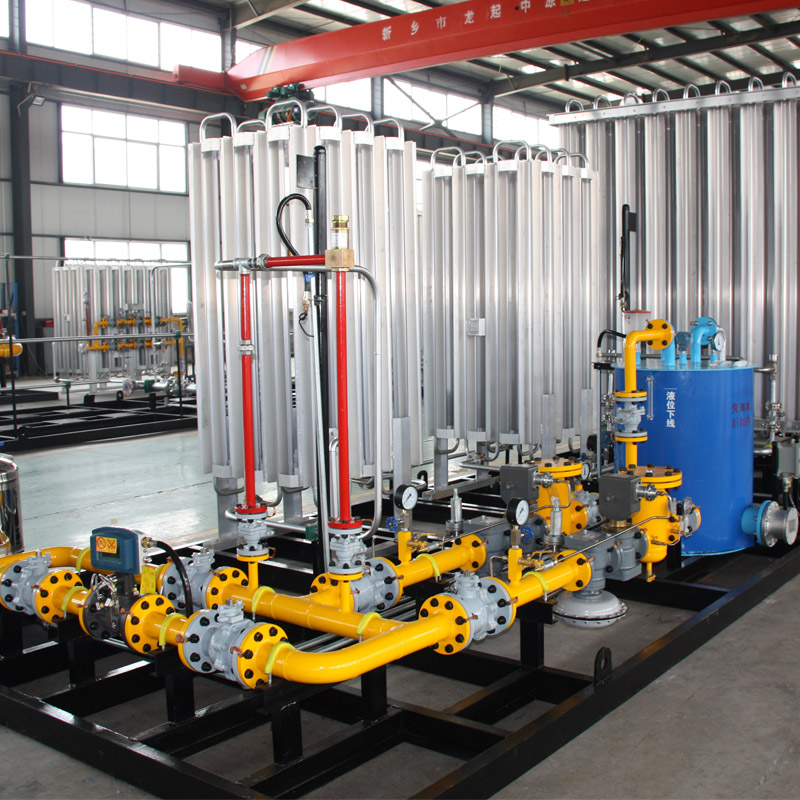
Dec . 02, 2024 00:59
Back to list
صمام الأمان
Safety Valves The Guardians of Pressure Systems
Safety valves play a vital role in many industrial processes, particularly in systems that handle pressurized fluids and gases. These crucial components act as the ultimate line of defense against overpressure, ensuring safety and preventing catastrophic failures.
A safety valve is designed to automatically release excess pressure from a system when it exceeds predetermined limits. By doing so, it protects both the machinery and personnel from potential hazards. When pressure builds up beyond the safe threshold, the valve opens, allowing fluid or gas to escape, thereby alleviating the excessive pressure and restoring safety.
The Importance of Safety Valves
In any system that involves high-pressure operations, the risk of overpressure is a significant concern. This can happen due to various reasons, such as equipment malfunction, blockages in pipes, or sudden temperature changes. Without safety measures, the consequences can be dire, leading to explosions, equipment damage, or even loss of life.
Safety valves are particularly crucial in industries such as oil and gas, chemical manufacturing, and power generation. In these sectors, managing pressure is not just about optimal performance; it is a matter of safety. For instance, a refinery processing crude oil must maintain precise pressure levels to ensure safe operation. If a reactor vessel were to exceed its maximum allowable pressure without a safety valve, it could lead to a catastrophic failure with widespread ramifications.
Types of Safety Valves
.
1. Spring-loaded Safety Valves These are the most common type, featuring a spring that holds the valve closed. When pressure exceeds the set limit, the spring compresses, allowing the valve to open.
صمام الأمان

2. Pilot-operated Safety Valves These valves use a small pilot valve to control a larger valve. They offer better sealing and can handle higher pressure differentials.
3. Bursting Discs While not a valve in the traditional sense, bursting discs are used in conjunction with safety valves. They are designed to rupture at a specific pressure, allowing for rapid pressure relief.
4. A combination of both Many systems utilize both safety valves and bursting discs for enhanced protection.
Installation and Maintenance
Proper installation and maintenance of safety valves are critical for ensuring their effectiveness. Each valve must be selected based on the specific pressure ratings and characteristics of the system. Regular inspections and testing should be conducted to ensure that valves are functioning correctly and not becoming clogged or damaged.
In addition, safety valves should be clearly marked and easily accessible in case of an emergency. Personnel should be trained to understand the operation of these valves and what actions to take if a valve opens unexpectedly.
Conclusion
In conclusion, safety valves are essential components of pressurized systems across various industries. Their ability to control and mitigate excess pressure is paramount to ensuring the safety and integrity of both equipment and personnel. As industries continue to advance and tackle increasingly complex processes, the role of safety valves will remain crucial in safeguarding against overpressure risks. Investing in quality safety valves and adhering to rigorous maintenance protocols is not just a regulatory requirement; it is a commitment to safety in the workplace.
Latest news
-
Safety Valve Spring-Loaded Design Overpressure ProtectionNewsJul.25,2025
-
Precision Voltage Regulator AC5 Accuracy Grade PerformanceNewsJul.25,2025
-
Natural Gas Pressure Regulating Skid Industrial Pipeline ApplicationsNewsJul.25,2025
-
Natural Gas Filter Stainless Steel Mesh Element DesignNewsJul.25,2025
-
Gas Pressure Regulator Valve Direct-Acting Spring-Loaded DesignNewsJul.25,2025
-
Decompression Equipment Multi-Stage Heat Exchange System DesignNewsJul.25,2025

